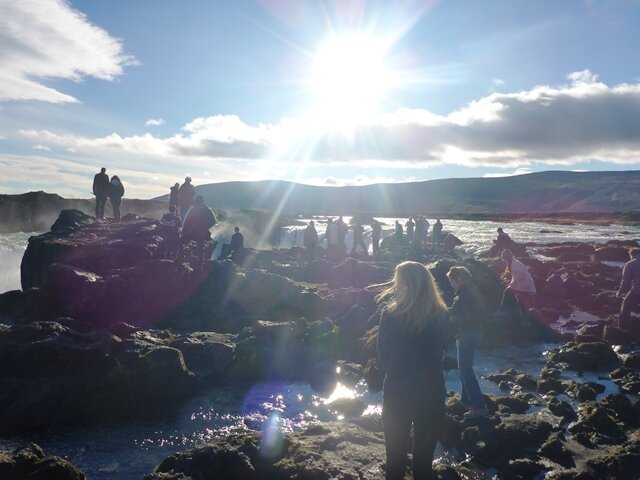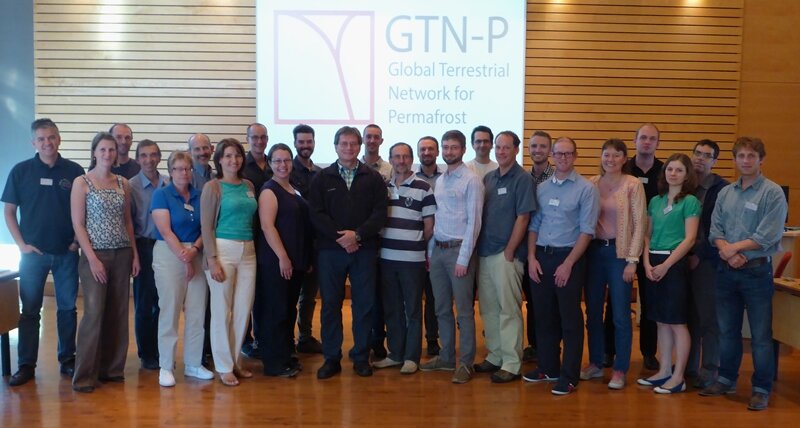BLOG: Samoylov 2015 – History of research on the Lena delta
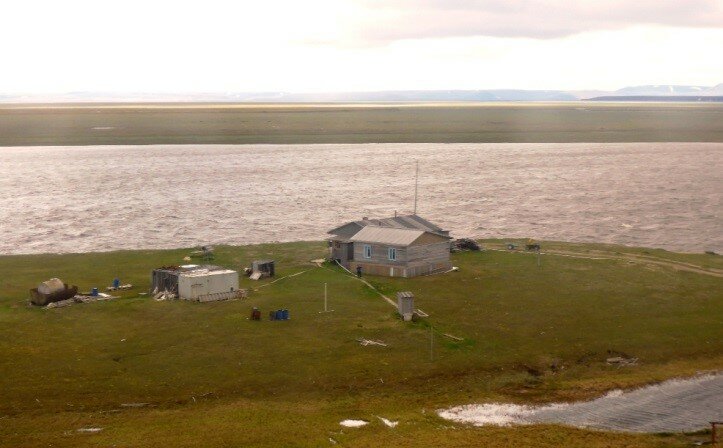 The Old Station. Picture: Leena-Kaisa Viitanen, AWI.The research activities here on the Samoylov Island are not a novelty. Already during the first polar year 1882-1883, measurements were conducted in the Lena delta and from then on the delta has hosted research in one form or another.
The Old Station. Picture: Leena-Kaisa Viitanen, AWI.The research activities here on the Samoylov Island are not a novelty. Already during the first polar year 1882-1883, measurements were conducted in the Lena delta and from then on the delta has hosted research in one form or another.
For a long period of time the Biological Institute in Jakutsk was the main entity conducting research on various scientific fields on the delta. From 1985 the Samoylov Island has been part of the Lena delta reserve, one of the biggest nature reserves in Russia with area covering over 14 000km2. The Lena delta reserve, in cooperation with several universities and AARI – The Russian Arctic and Antarctic Research Institute, conducts research on Samoylov in order to monitor the changes taking place in this largest Arctic river delta.
 Alfred Wegener Institute has been involved in research on Samoylov since 1998. AWI cooperates with the Russian partners in organizing field expeditions to Samoylov, which form bases for a large part of the analyses done in the periglacial section at AWI in Potsdam. Permafrost related processes have been the main focus already for a long time, but gradually the research is becoming more interdisciplinary and today AWI conducts, in addition to permafrost research, field measurements in geomicrobiology, geomorphology, hydrology, paleo-climate dynamics, and energy and water balance.
Alfred Wegener Institute has been involved in research on Samoylov since 1998. AWI cooperates with the Russian partners in organizing field expeditions to Samoylov, which form bases for a large part of the analyses done in the periglacial section at AWI in Potsdam. Permafrost related processes have been the main focus already for a long time, but gradually the research is becoming more interdisciplinary and today AWI conducts, in addition to permafrost research, field measurements in geomicrobiology, geomorphology, hydrology, paleo-climate dynamics, and energy and water balance.
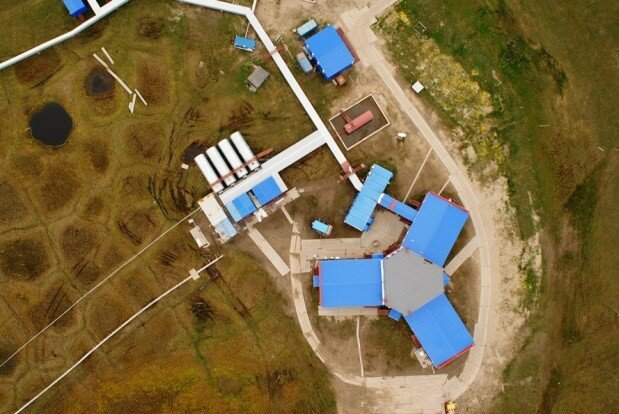 The new station from above. Picture: Leena-Kaisa Viitanen, AWI.The facilities on Samoylov Island were long quite rudimentary. The “Old Station” was built in 1985 to operate as the main hub for the researchers from the Lena delta reserve, who mostly still during this time accommodated in tents around the station. Around 2000 the Old Station was expanded in order to house also a small group of people and today there is, in addition to a small lab, kitchen and a common area, beds for 6 people.
The new station from above. Picture: Leena-Kaisa Viitanen, AWI.The facilities on Samoylov Island were long quite rudimentary. The “Old Station” was built in 1985 to operate as the main hub for the researchers from the Lena delta reserve, who mostly still during this time accommodated in tents around the station. Around 2000 the Old Station was expanded in order to house also a small group of people and today there is, in addition to a small lab, kitchen and a common area, beds for 6 people.
A true revolution in terms of facilities on the island took place in 2013, when the new Samoylov station was inaugurated. The main station building is star shaped with a common middle area and three wings for accommodation, laboratory and maintenance. In addition, there are two large garage and storage facilities in the courtyard as well as a water supply system together with generators. In addition to the state of the art laboratory, there is now accommodation for approximately 30 people, permanent year-around staff and all modern necessities.
The station is run by Trofimuk Institute for oil- and gas geology which is part of the Siberian branch of the Russian Academy of Sciences and it is the main Russian Arctic research station today. The station is run on year around bases and provides for the first time possibility also for over-wintering in scientific purposes on the Island.
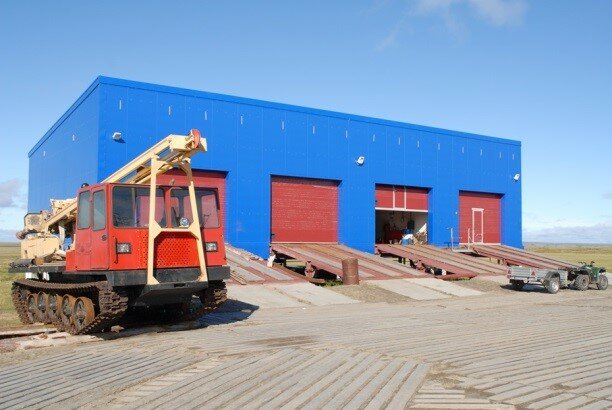 Image 3 Garage at the new station. Picture: Leena-Kaisa Viitanen, AWI.
Image 3 Garage at the new station. Picture: Leena-Kaisa Viitanen, AWI. Image 4 Samoylov island is not only famous for the research. There grows also lollipops. Picture: Leena-Kaisa Viitanen, AWI.
Image 4 Samoylov island is not only famous for the research. There grows also lollipops. Picture: Leena-Kaisa Viitanen, AWI.


